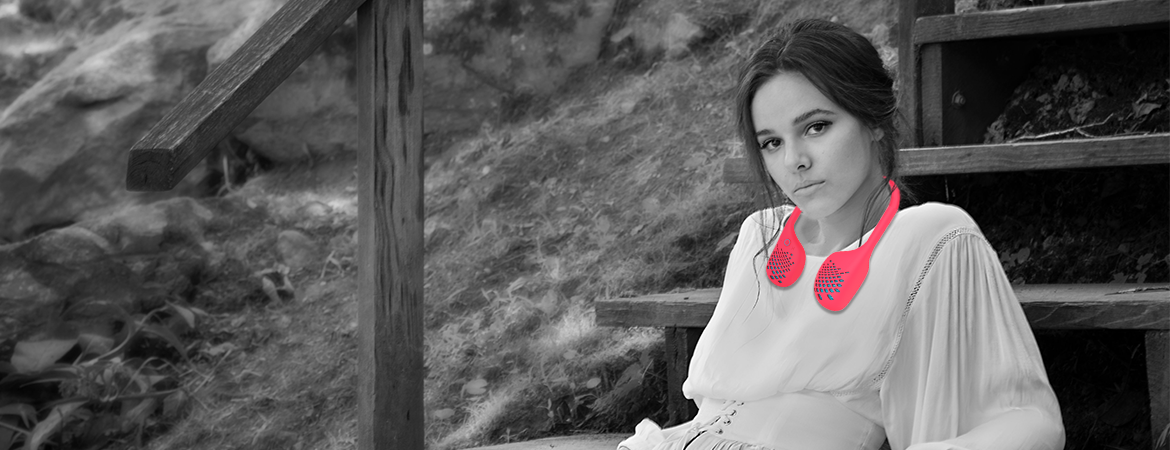
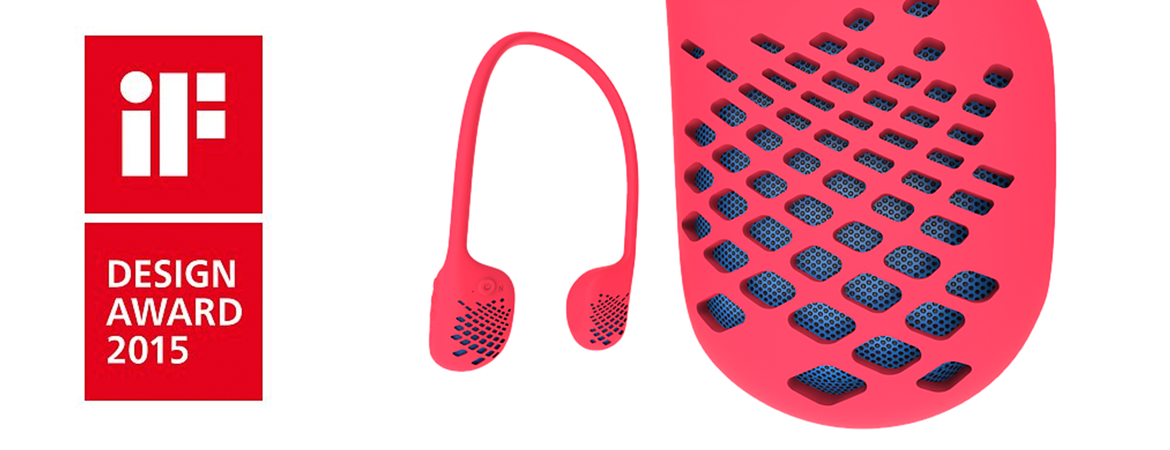
Music Wrap stands for a transformative Bluetooth speakers, a fashion accessory, as well as a brand-new lifestyle. Music Wrap can easily pair with Bluetooth enabled smart devices through NFC with a light touch. With its unique acoustic design, Music Wrap has crystal clear and excellent stereo audio quality. The flexible and bendable strap allows users to shape it for various uses, such as wrapping around a bicycle, docking for a smartphone or a tablet, or even wearing on users' neck. Music Wrap is perfect for outdoor activities with water, dust and shock resistance. Music Wrap provides more than good sound - It makes users' life sounds wonderful. Refer from iF DESIGN AWARD 2015 .
| Date: | 2015 |
| My Role: | UX Designer and researcher |
| Category: | UX Design |
| Member: | PM: Frank Hsieh, Peggy Lai RD: Jack Chen, James Woo, Hunting Kao ID : Jimmy Chen, Chinmin Wei Marketing: Eva Chen |

In the preliminary stage of developing Music Wrap, we analyzed the results from marketing research that indicated which types of portable speakers customers would like. We focused on the scenarios of outdoor activities and gave portable speakers a new ability, which is accessory! Designer proposed that new design, music wrap, which can be hanged on the user's neck, used as a stand for a cell phone and wound in any shape they want. The most novel function is hanging on the neck. In order to solve problems under this scenario, I had to study ergonomics and design the experiment for testing.

Because of Music Wrap's unique feature - wearing, I’m curious about how people wear it, how users feel with it and how they use it. Obviously, I have to firstly consider issues related to human factors, such as weight, length, neck circumference and biomechanics of grip. To explore the best design guidelines, I simulated several possible scenarios of wearing the speakers and proposed some assumed items based on literature review. Those assumed items would be proved and modified with experiment.
First of all, by referring to the data of sexual anthropometrics and the neck circumferences and running pre-test with 20 adults for collecting subjective preferences of length, I defined three different speaker models which length are 60 cm, 65 cm and 70 cm for usability experiment.
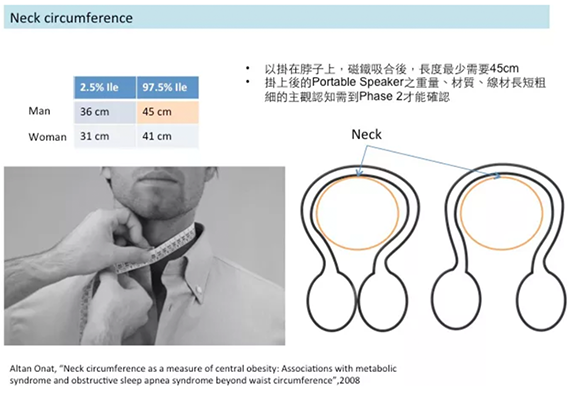
Secondly, according to the literature of grip and thumb motion of right hand, I illustrated the different zones of efficiency on the speakers. The pink area means high efficiency, the yellow is middle and the green low. The layout of buttons was defined by the zones and corresponded to the frequency of usage.
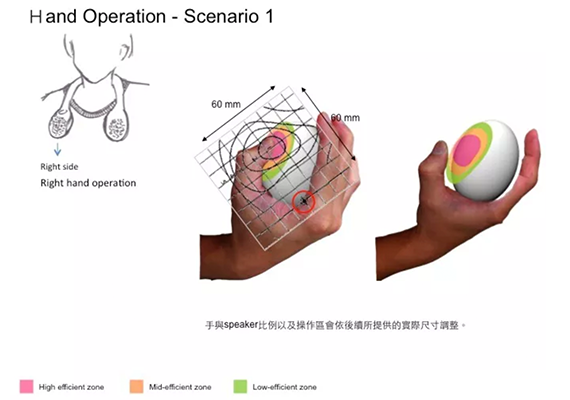
In the part of UI design, the first challenge is that how to use 3+1 (three control buttons and one power button) buttons to manipulate sophisticated functions, including play and , pause, bluetooth pairing, volume control and answering a call. Therefore, I classified the frequency of easy operation, the function's usage and deliberated flow with blind operating without watching devices. To increase the recognition of each button, I suggest that three buttons should be designed in different shapes h meet the user's mindset of its functions. Therefore, users can recognize buttons without watching in a smooth and intuitive operation flow for the speakers.

In the experiment, I followed previous setting and arrange the experiment to clarify issues related to human factors. In the experiment, the independent variables include:
According to the results, which include error rate of manipulating and the subjective response, the participants' feedback. I concluded the best wearing speaker design should be:

There are some discoveries during the experiment

By adopting the human factor research and cooperating between ID and UI designers, the discovered issues have been solved to proceed to manufacturing stage.This great design won iF international award and fame in the market.
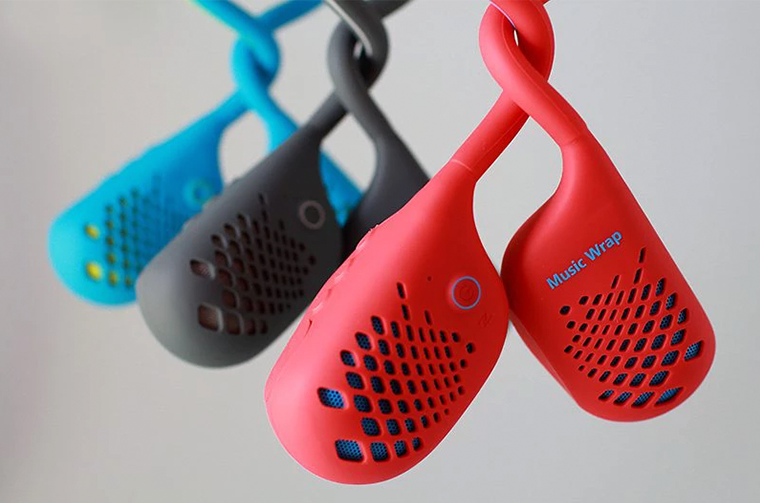
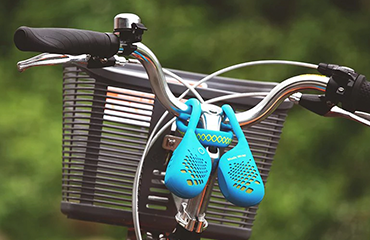
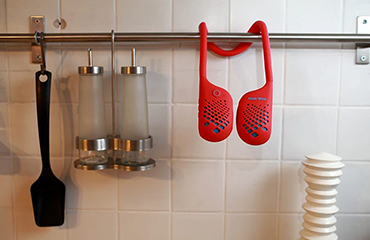
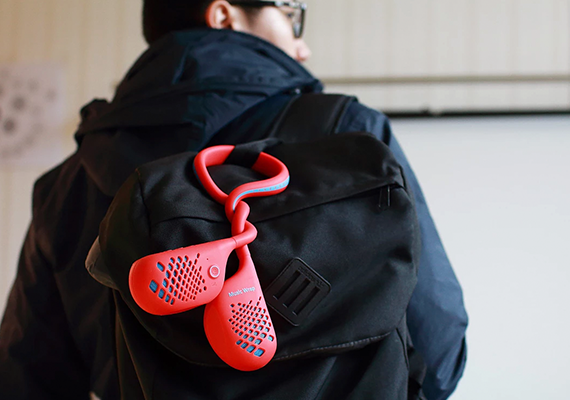
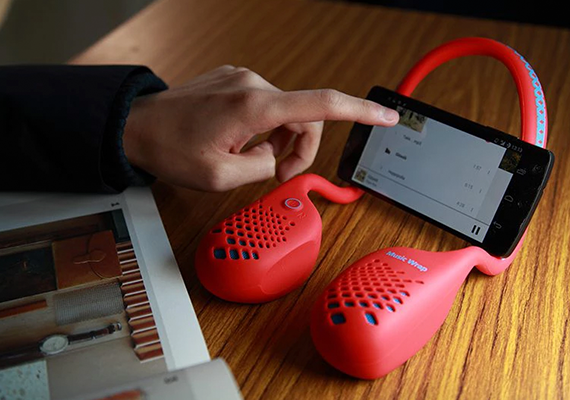
images from 博客來-Music Wrap